Bulk Procurement of Nicotine Products: A Comparative Guide for Distributors and Brand Owners
Sourcing high-quality nicotine products in bulk requires more than simply finding a supplier—it involves evaluating supply chain reliability, pricing structures, production capabilities, and compliance standards. For distributors, nicotine patch manufacturers, and liquid nicotine wholesalers, this guide provides a strategic overview of the bulk purchasing process, with comparative insights into procurement channels in China and the United States. It also outlines the key differences between white-label and OEM manufacturing models and offers a clear framework for navigating sample acquisition, order placement, and supplier collaboration.
How to Purchase Nicotine Products in Bulk
Bulk nicotine procurement typically involves B2B buyers such as e-cigarette manufacturers, nicotine patch producers, and vape liquid suppliers. When sourcing at scale, three primary criteria must be met:
-
Supplier Credibility: Vet the nicotine manufacturer thoroughly—look for certifications, production history, and existing B2B clients.
-
Product Quality: Always request product samples and verify claims through third-party lab testing. Ensure the nicotine preparation method meets your brand’s safety and efficacy standards.
-
Production Capacity: Assess whether the supplier can handle consistent high-volume output, especially if you plan to scale.
Websites like https://snufffactory.com simplify the evaluation process by listing specifications, certifications, and available formulations for liquid nicotine, pouches, and other product forms.
Differences in Procurement Channels: China vs. the United States
The approach to nicotine procurement differs greatly between sourcing from China and the United States:
China
-
Products are primarily sold directly by nicotine manufacturers through both online platforms and offline business networks.
-
Bulk pricing and OEM/white-label customization are widely supported.
-
Regulatory oversight is evolving, and due diligence is needed to ensure compliance with international standards.
United States
-
Most nicotine products are offered through online channels operated by licensed wholesalers or nicotine factories.
-
Emphasis is placed on domestic regulatory compliance (e.g., FDA registration), which may limit customization options but ensures strict quality assurance.
-
Turnaround times can be shorter for U.S.-based buyers due to domestic shipping.
Key Takeaway: Choose your procurement region based on your brand’s regulatory obligations, customization needs, and pricing flexibility. Cross-border suppliers may offer cost advantages, while domestic sources often excel in speed and compliance.
Decoding the Cost Composition
Understanding what goes into the price of bulk nicotine products is essential for informed negotiations. The total cost typically includes:
-
Raw Materials: Nicotine base, diluents (e.g., PG/VG for liquids), and additives like flavorings or stabilizers.
-
Production Technology: The nicotine extraction or synthesis method significantly impacts product purity and consistency.
-
Packaging & Labeling: Particularly important for private-label buyers and OEM clients.
-
Logistics: Shipping, warehousing, and customs fees vary based on region and order volume.
-
Regulatory Compliance Costs: Includes certifications, safety testing, and documentation preparation.
Buyers should always request a detailed cost breakdown during supplier discussions to identify negotiation opportunities and ensure pricing transparency.
White Label vs. OEM: What’s the Right Fit for Your Brand?
Choosing between white-label and OEM nicotine products depends on your brand’s goals, capabilities, and market strategy.
White Label Products
-
Pre-formulated products sold under your brand name.
-
Quicker time-to-market.
-
Lower upfront investment.
-
Limited control over product formulation.
OEM Products
-
Custom-developed to your specifications (flavor, strength, packaging, etc.).
-
Higher differentiation and branding potential.
-
Greater control over quality and formulation.
-
Longer lead time and higher development costs.
Recommendation:
-
White-label is ideal for new entrants testing market response or expanding quickly.
-
OEM is best suited for established brands seeking uniqueness and long-term brand equity.
Collaborating with an experienced nicotine manufacturer like Echi allows you to pursue either path with full technical support and scalable solutions.
Navigating the Order, Sample, and Cooperation Process
The typical procurement journey includes the following stages:
-
Initial Inquiry
Contact the supplier to express your interest. Share product needs, quantity, target market, and brand expectations. -
Sample Request & Testing
Obtain samples for laboratory analysis and internal evaluation. Reliable suppliers should offer this stage at low or no cost. -
Quotation & Negotiation
Review pricing based on volume, delivery terms, and customization requirements. Ensure clarity on payment terms and turnaround timelines. -
Purchase Order (PO) & Confirmation
Finalize the agreement by issuing a formal PO. The supplier will confirm production timelines and provide a pro forma invoice. -
Mass Production
Manufacturing begins after receipt of payment or deposit. For OEM projects, additional time is required for formulation and packaging development. -
Shipping & Reordering
Finished goods are shipped according to agreed INCOTERMS. Maintain communication with your supplier for seamless reorders.
To begin the process, visit https://snufffactory.com/get-in-touch/ and connect with an account representative.
Conclusion
Bulk nicotine purchasing is a strategic investment that requires a careful balance between quality, price, compliance, and supplier reliability. By understanding procurement differences between regions like China and the U.S., breaking down cost components, and choosing between white-label and OEM models, brands can position themselves for long-term success in the nicotine products market.
Whether you’re a liquid nicotine wholesaler, nicotine patch manufacturer, or building a new nicotine pouch brand, selecting the right supplier is the cornerstone of your growth strategy.
Note: Always comply with local regulations and legal frameworks surrounding the sale and distribution of nicotine-containing products.

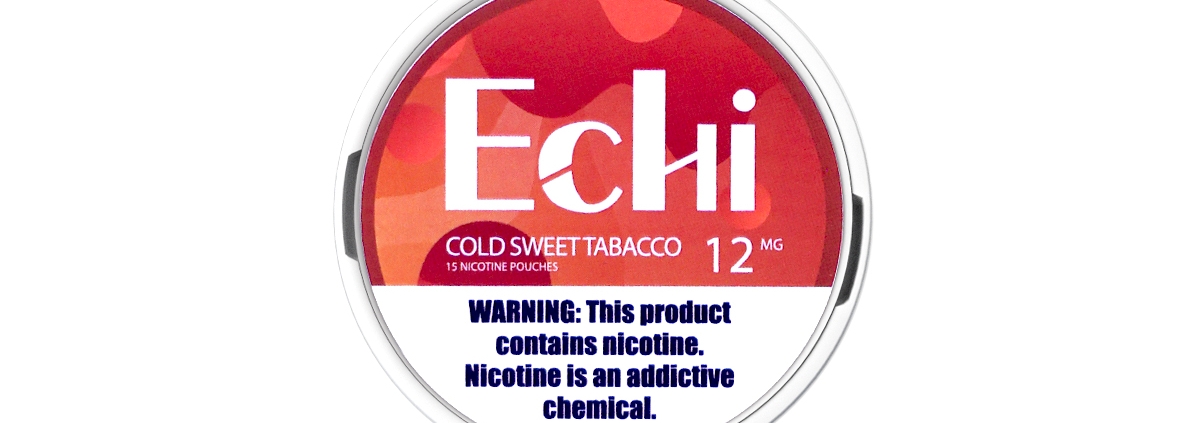

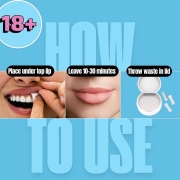
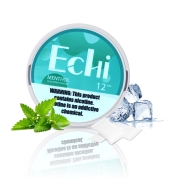
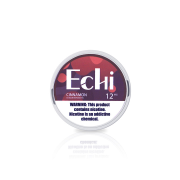
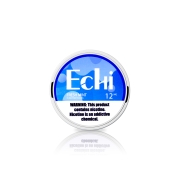
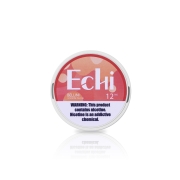


Leave a Reply
Want to join the discussion?Feel free to contribute!